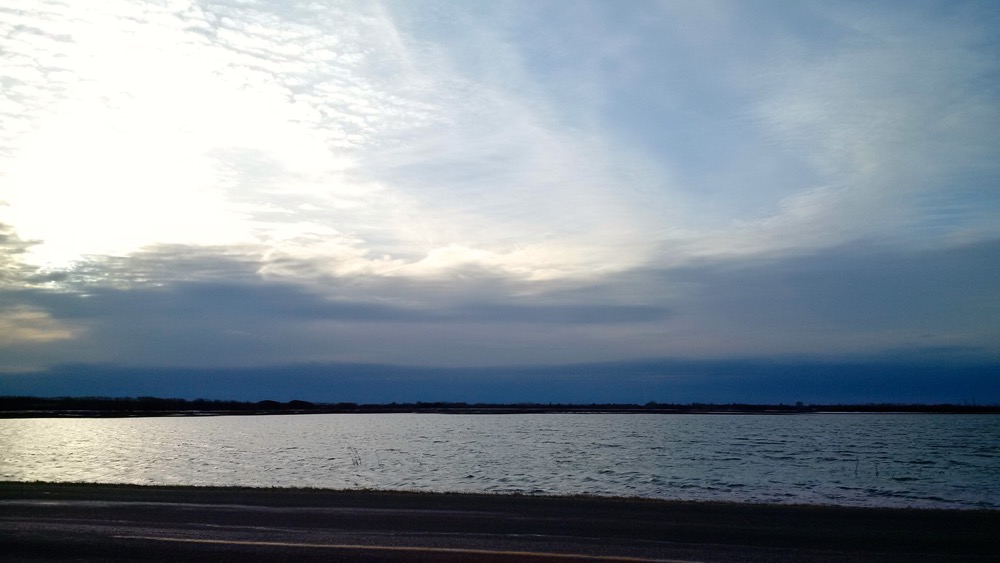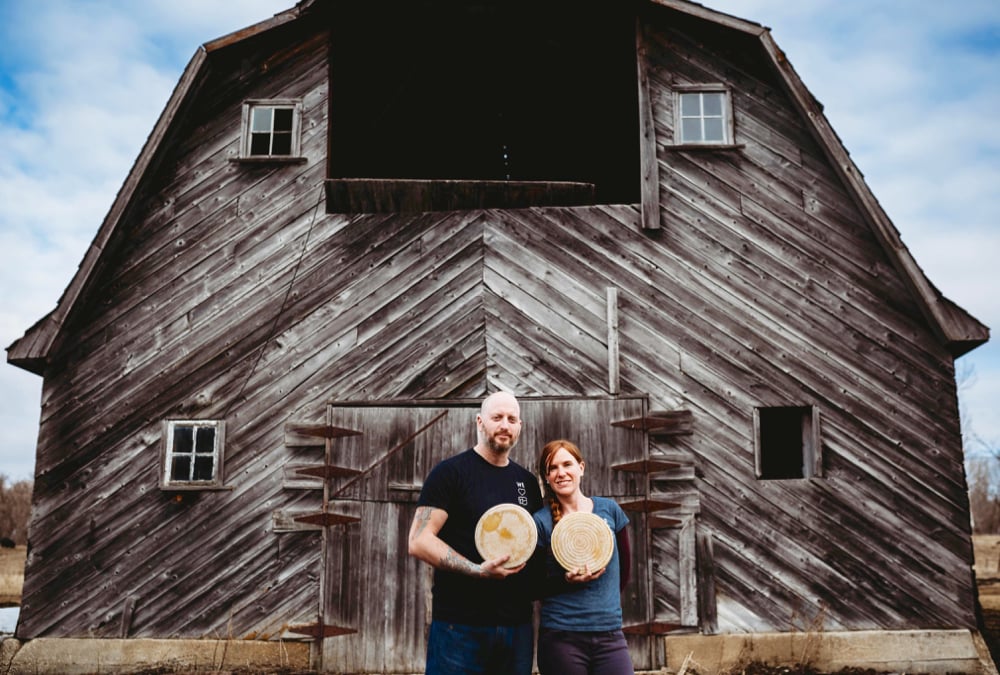A new grassroots group has emerged following a historic agreement in Regina this month to pursue a cross-boundary planning organization for the Assiniboine River basin.
The three-day meeting held here last week laid the groundwork for the new organization to move forward and begin serving stakeholders in Manitoba, Saskatchewan, and North Dakota, to seek co-ordinated solutions to water management across the entire river basin area.
The greater Assiniboine River basin includes the sub-basins of the Qu’Appelle, Souris (Mouse), and the Assiniboine rivers.
“We’ve accomplished the insurmountable task of bringing so many diverse groups to the table with a common goal and common objectives,” said Allan Preston, former assistant deputy minister of agriculture in Manitoba, and chair of the interim executive committee as it moves to finalize a board, pursue funding and identify projects.
Last week’s meetings brought those who farm and live in the region, including representatives of municipalities and counties, together with representatives of conservation, water, agricultural, science-based groups and government departments from Manitoba, Saskatchewan and North Dakota.
The matter at hand was how to create form and function for a group dealing with the highly charged subject of water management.
Complex job
The job ahead is incredibly complex, with three jurisdictions across a wide geographic area, and wide array of concerns and options on the table, Preston said.
But the tone of the meeting has set the stage for progress as they move forward, he said.

“The one very strong positive is, this meeting has been very congenial,” he said.
“People with differing opinions have listened respectfully to other people’s points of view. It doesn’t mean it will be easy, but if people have their oars rowing in the same direction we’ll make progress.”
The Assiniboine River Basin Initiative has been under consideration since last fall, when the Prairie Improvement Network (PIN) revisited a previously shelved proposal for a cross-jurisdictional group guiding water management activities in the region.
The Assiniboine River basin is the only major river basin on the Northern Great Plains without any overall organization in place to guide water management activities.
A workshop of about equal size held in Virden last March agreed it was a good idea to form one — and that was even before this summer’s intense flooding set in.
Read Also

First Manitoba hay harvest short
Manitoba’s first hay cut of 2025 isn’t huge by initial counts, but things are worse farther west in the Prairies
“We don’t need a plan in 25 years. We need a plan now,” said an emphatic Cherylynn Walters, who spoke at the conference on behalf of the Crooked and Round Lake Food Committee, a group representing property owners in Saskatchewan’s Qu’Appelle Valley. Hard hit by flooding these past few years, they are as frustrated by “a lot of government organizations strongly asleep” when it comes to forecasting and flood mitigation as they are by those draining land with “reckless disregard” for other property owners, Walters said.
“We think it’s time for us to speak with a united voice,” she said. “We are very happy and will continue to be very happy to work with this Assiniboine Initiative, absolutely.”
Plan needed now
The ARBI is a way forward for co-ordinated and collaborative approaches that engage all players in solution finding rather than finger pointing, said Dan Mazier, Manitoba’s Keystone Agricultural Producers vice-president and ARBI interim committee member.
The latter just doesn’t make sense when we’re all living in the basin, he said, adding that what he heard in Regina was a desire to get communication flowing across jurisdictions, and a belief this organization will make it happen.
“I’ve talked to a lot of people about how this is giving them hope,” he said.
“We need to be able to communicate with other jurisdictions. Once the Red River basin was started, the states could start to talk to each other.”
The group is now tasked with becoming an inclusive organization that represents all the voices that want to be heard, and beginning work on projects. The conference put forward a dozen projects for the ARBI to take on, from creating a white paper on drainage, to developing reports on water quality monitoring across North Dakota, Saskatchewan and Manitoba.
Quick-win projects
Preston said it’s important this group gets to work as quickly as possible.
“We’ve got to identify some quick-win projects to demonstrate that we’re serious, that we’re not all about taking a year or more to develop terms of reference and bylaws and so on. We’re going to seek some quick wins in the next short while to move the organization forward.”
The organization also finds core funding, works toward an inclusive board model, plus sorts out what ongoing relationship it may continue to have with the Prairie Improvement Network.
Lance Yohe, former executive director of the RRBC, now serving as a senior adviser and consultant to the Assiniboine group, said having a small board would only end up alienating people.
“Right now too many people were saying, ‘we want to be on the board,’ which is a really good problem to have,” he said.
The group will also pursue a funding model similar to the RRBC, which has all participating states and provinces making equal and annual contributions.
The Manitoba government has made a base contribution of $50,000 towards startup of the ARBI and cottage owner groups at the Regina meeting are showing strong interest in contributing.
The plan now is to pursue similar commitments from the state of North Dakota and Saskatchewan, Preston said, adding they anticipate about $450,000 will be needed to get the organization off the ground.
“What we’ve got to do now is hit the streets and work on getting that funding brought in,” he said.
Allan Engh, former mayor of Sherwood, N.D., that’s also been hard hit by flooding, reminded the gathering how local residents have opened their wallets and raised hundreds of thousands of dollars to help flood-impacted neighbours. That’s the example to follow, Engh said.
“We’re talking about how we can raise this $450,000. If we work together on this, we can raise the money, we can work together. Lord knows we need to do it.”
Other delegates remarked on the notable absence of Saskatchewan political representatives at last week’s meeting.
“I can’t tell you how disappointed we are that there are no MLAs from Saskatchewan here,” said Saskatchewan resident Auralee MacPherson who was attending the conference as a private citizen.
“People worked really hard to put on this conference and people are here from the U.S., and a lot of people from Manitoba. And where are we?”




















